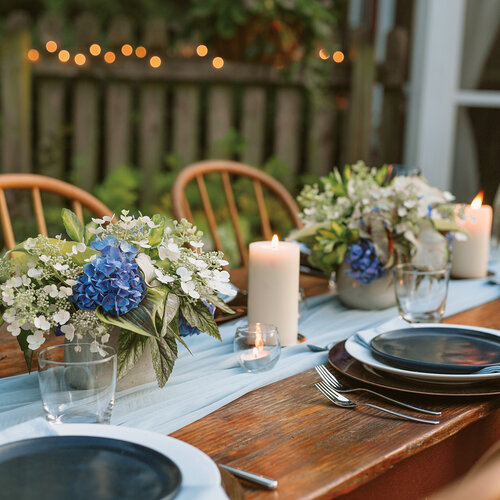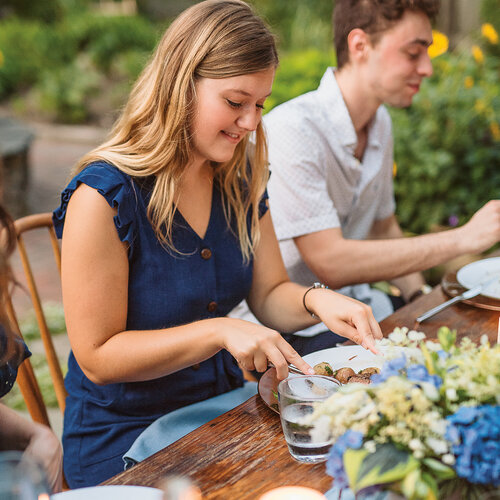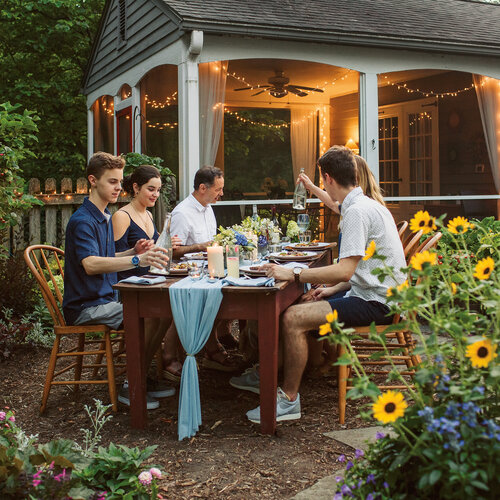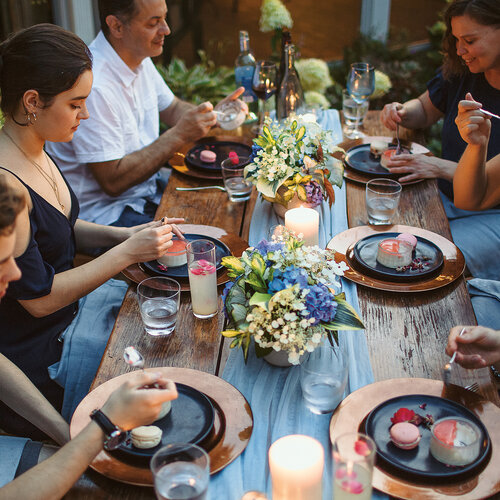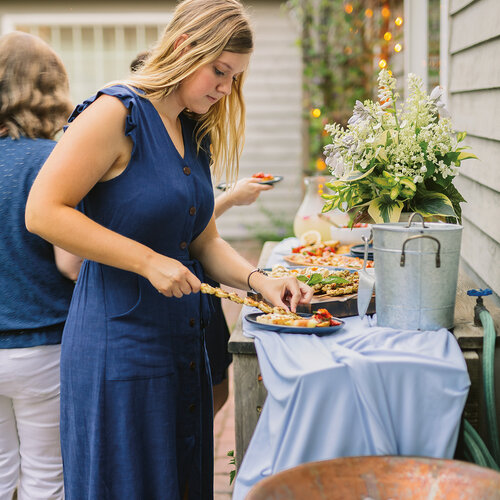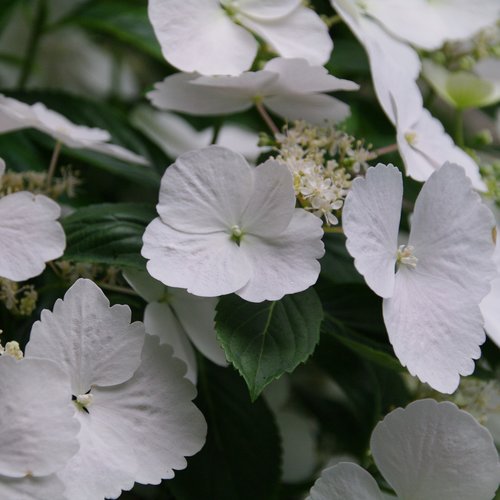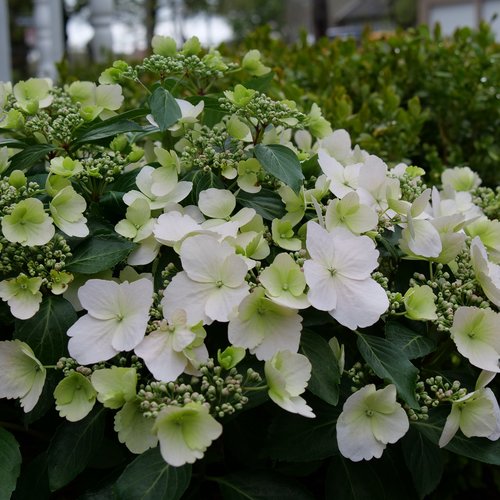Plantinformation
HOME OF PROVEN WINNERS®
Plant Information
Fairytrail Bride®
Hydrangea
The first ever Cascade Hydrangea available in North America. It has a unique horizontal growing habit, with each trailing stem absolutely brimming with blooms. Its white, summer borne florets are filled with deckle-edged petals. It also attracts all kinds of pollinators. Avoid pruning Cascade hydrangeas, except to remove any dead wood. These hydrangeas cannot be cut back or trimmed at any time of the year without impacting the bloom for either the current season or the next.

| Blossom Color | White |
| Bloom Season | Summer |
| Exposure | Part Sun to Sun |
| Height | 48 in |
| Width | 48 in |
| Spacing | 48 in |
| Container Sizes | 28, QT |
| Hardiness Zones | 6; 7, 8, 9 |
| Wildlife Attracted | Bees, Butterflies, Hummingbirds |
| Wildlife Deterred | No Wildlife Deterred |
| Features | The first ever Cascade Hydrangea available in North America. It has a unique horizontal growing habit, with each trailing stem absolutely brimming with blooms. Its white, summer borne florets are filled with deckle-edged petals. It also attracts all kinds of pollinators. Avoid pruning Cascade hydrangeas, except to remove any dead wood. These hydrangeas cannot be cut back or trimmed at any time of the year without impacting the bloom for either the current season or the next. |
| Adaptable as a Houseplant | No |
| Bog Plant | No |
| Is Disease Resistant | No |
| Drought Tolerant | No |
| Edible | No |
| Erosion Control | No |
| Fragrant Flower | No |
| Fragrant Foilage | No |
| Heat Tolerant | No |
| Native to North America | No |
| Salt Tolerant | No |
| Succulent | No |
| Water Plant | No |
| Uses |
Loose, carefree habit lends itself beautifully to mass plantings and use in pollinator-friendly gardens. |
| Maintenance Notes |
We recommend a minimum of six hours of sun for the strongest stems and the most abundant flowers. In hot climates, afternoon shade is beneficial, but some sun is still recommended for the best results. Cascade hydrangeas bloom on old wood, so it's best to avoid pruning them, except to remove any dead wood. These hydrangeas cannot be cut back or trimmed at any time of the year without impacting the bloom for either the current season or the next. A 2-3" (5-7.6 cm) layer of shredded bark mulch helps shallow-rooted hydrangeas to conserve moisture and keep roots growing vigorously, which ensures the best performance. Fertilize in early spring, after the ground has thawed but before new growth begins, to ensure the best results. |

